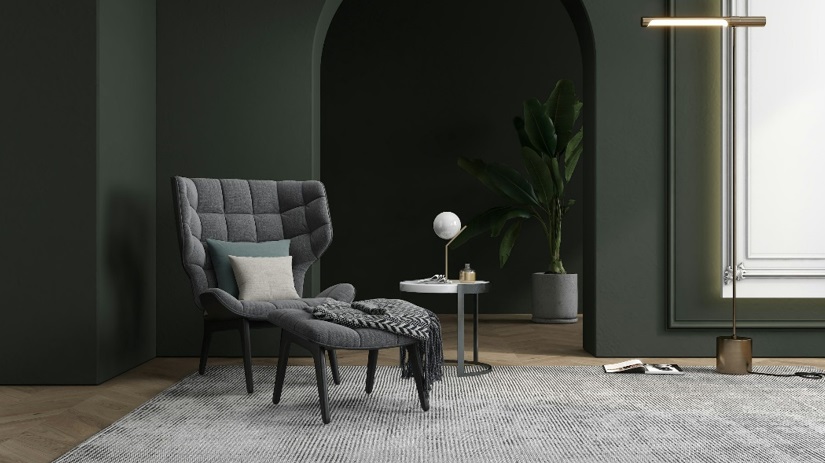Modernizing Home Renovations: Planning and Visualization Techniques

In today’s fast-paced world, home renovations are no longer restricted to traditional blueprints and rudimentary sketches. The modern homeowner is more interested in fully understanding how their renovation will look and feel before construction begins.
This has led to a surge in interest in advanced planning and visualization techniques, which make the process clearer, more accurate, and tailored to the unique vision of each individual.
Leveraging technology has become essential to achieve optimal results and transform spaces in a way that reflects the client’s personality and needs.
Digital Visualization: Bringing Concepts to Life
With the advent of advanced visualization tools, it has become much easier to communicate complex renovation ideas in a comprehensible format. Instead of relying on paper sketches or descriptions alone, modern renovators can present lifelike 3D models that offer clients a glimpse into the future of their home.
Utilizing a 3D rendering service allows clients to see their renovation project in incredible detail, with every corner and layout viewable from multiple perspectives. This not only boosts confidence in the design but also enables homeowners to make informed decisions regarding color schemes, textures, and structural changes, all before a single nail is hammered.
These services have revolutionized the renovation industry, transforming how clients interact with their renovation plans and improving communication between homeowners and designers by providing a common ground where ideas can be shared and understood without ambiguity.
Through photorealistic visuals, clients can assess how furniture, lighting, and layout adjustments will affect the ambiance of a room, ultimately aligning their expectations with the final outcome. This technology also allows for greater flexibility; clients can adjust aspects of the design without incurring the costs associated with last-minute on-site changes.
The Role of Virtual Reality and Augmented Reality
Taking things a step further, virtual reality (VR) and augmented reality (AR) have become invaluable tools in modern home renovation. These technologies offer immersive experiences that allow clients to virtually “walk through” their redesigned home. For homeowners, VR and AR provide a sensory experience that goes beyond mere visualization.
With VR, they can understand the spatial dynamics of their future rooms and test different design choices in a simulated environment that feels nearly real.
AR, on the other hand, offers the ability to see design elements overlaid in the real-world environment. Using a smartphone or tablet, homeowners can view their current space with virtual additions, such as new furniture or fixtures, positioned in their actual size and form.
This capability helps clients get an accurate feel for how well certain elements fit into their homes, avoiding the pitfalls of misjudging proportions or styles. The integration of VR and AR into the planning process has bridged the gap between imagination and reality, providing clients with the assurance they need to proceed confidently with their renovation.
Design Software for Precise Planning
While visualization helps clients see the finished product, accurate planning tools are essential for laying out the framework of any renovation project. Modern design software enables architects and designers to create precise floor plans, electrical layouts, and plumbing schematics. With digital tools, measurements are accurate, and adjustments are easy, ensuring that all details align with building codes and structural requirements.
This software allows for quick updates and seamless adjustments, which is particularly useful for renovation projects where changes might occur due to structural limitations or budgetary concerns. Homeowners are also more empowered to be part of the planning process, as the software often includes easy-to-understand visuals and interactive elements.
This engagement not only provides a sense of involvement but also allows homeowners to align their preferences with practical constraints, leading to a more cohesive and satisfying final result.
Sustainable and Smart Home Integration
A significant trend in modern home renovations is the incorporation of sustainable materials and smart home technologies. These two approaches bring a mix of environmental responsibility and convenience to homes.
With an increased focus on sustainability, renovators are considering materials that minimize environmental impact, such as reclaimed wood, recycled glass, and energy-efficient insulation.
Smart home integration, meanwhile, allows homeowners to control various aspects of their home—from lighting to security and heating—through smartphone applications or voice-activated devices. These smart systems not only provide convenience but can also reduce energy consumption by optimizing the use of resources based on user habits. For instance, smart thermostats learn the temperature preferences of the homeowner, adjusting heating and cooling automatically to conserve energy when rooms are unoccupied.
Integrating these smart technologies into renovation plans ensures that modern homes are more efficient, comfortable, and attuned to the environment.
Collaborative Platforms for Real-Time Project Management
Modernizing renovations also involves improving how projects are managed. Collaborative platforms now enable homeowners, designers, and contractors to interact seamlessly throughout the renovation process.
With online project management tools, all stakeholders can access up-to-date project information, including timelines, budgets, and design changes, from any location. These tools are particularly useful in minimizing delays and addressing issues as they arise.
Real-time updates allow homeowners to stay informed about the progress of their renovations without needing to be present on-site. Any changes to the plan, whether they involve material choices or scheduling adjustments, are documented and shared, ensuring that everyone remains aligned with the project goals.
This transparency reduces miscommunication and builds trust between clients and contractors, making the renovation journey smoother and more predictable.
Future of Home Renovations: Trends on the Horizon
As technology continues to evolve, so does the potential for innovation in home renovations. The future of home renovation lies in the integration of artificial intelligence (AI) and machine learning into design processes.
AI-powered tools can analyze a client’s preferences and suggest design elements based on their past choices, while machine learning algorithms optimize floor plans for space efficiency, comfort, and flow.
Additionally, 3D printing technology is gradually finding a place in construction and renovation. With the ability to produce customized structural components and decorative elements, 3D printing opens new possibilities for personalized designs that are both unique and cost-effective.
Homeowners may soon be able to incorporate custom-built furniture or decorative fixtures that perfectly suit their style directly from the blueprint stage.
All in all, modern home renovations have evolved far beyond traditional methods, now incorporating advanced planning and visualization tools to make the process more efficient, sustainable, and tailored to individual needs.













